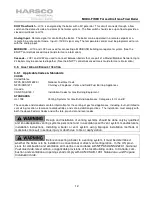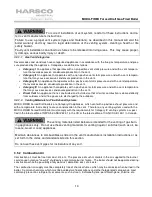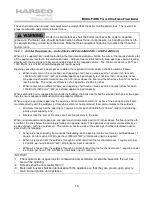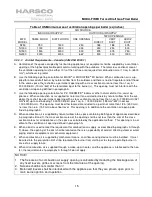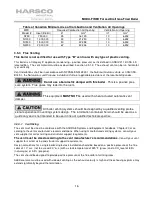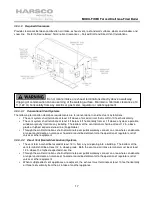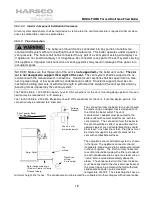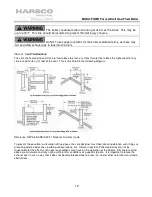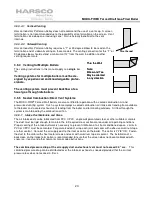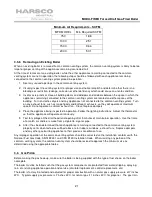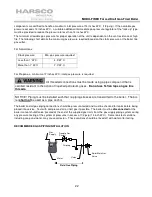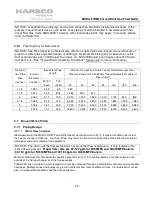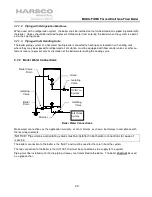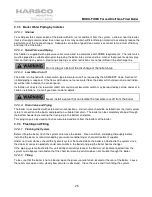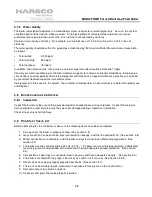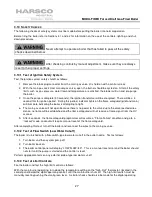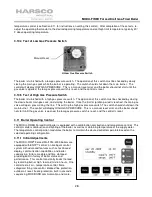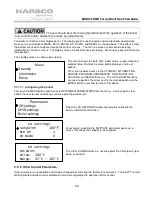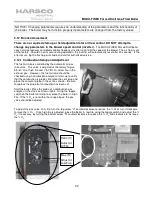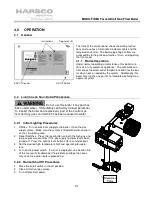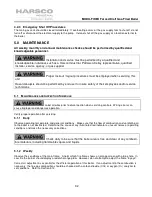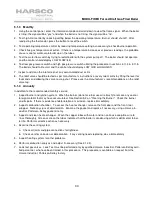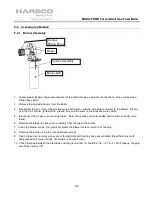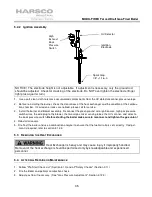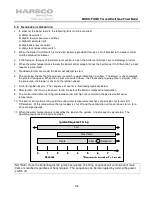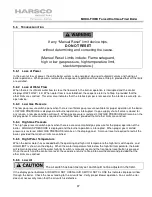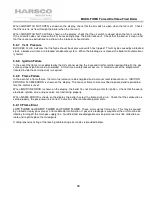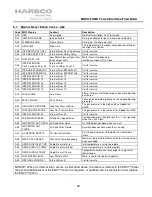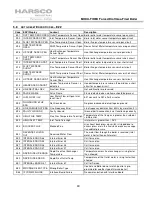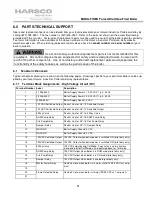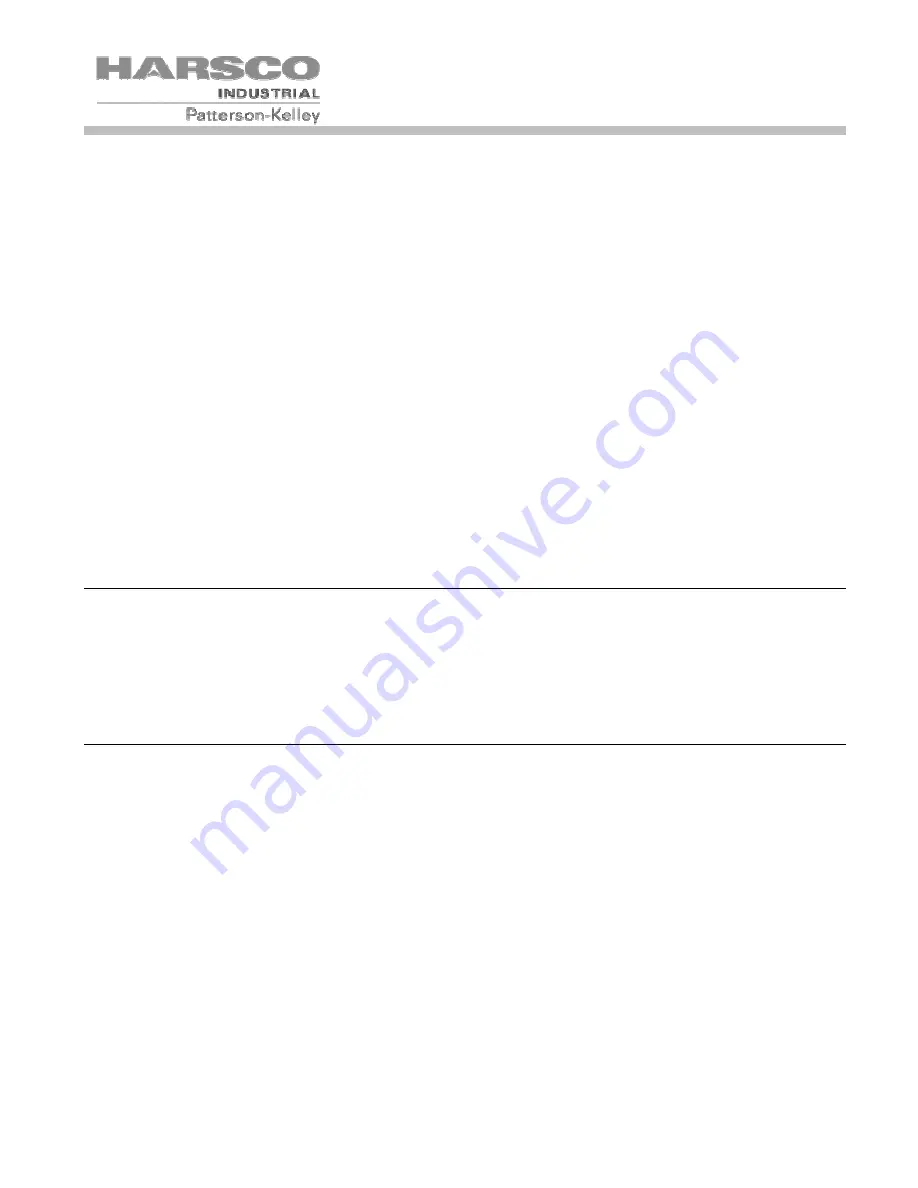
MODU-FIRE® Forced Draft Gas-Fired Boiler
26
3.7.5 Water Quality
The boiler is designed to operate in a closed-loop system using water or water/glycol only. As such, the system
should be tight and not require make-up water. A high percentage of untreated make-up water can cause
premature failure due to build up of scale. Such failure is not covered by warranty.
Scale can also reduce efficiency. For example, a scale thickness of 1/16 inch will result in a 12.5% loss of
efficiency.
The water quality should be within the guidelines established by the American Boiler Manufacturers Association,
as follows:
•
Total solids:
2,500 ppm
•
Total alkalinity:
500 ppm
•
Total hardness:
150 ppm
In addition, the amount of oils, fats, grease, and other organic matter should be limited to 10 ppm.
Consult your water conditioning or chemical treatment supplier for analysis and recommendations. Employing a
conscientious and competently administered program with emphasis on good maintenance practices as outlined
by your water treatment specialist is recommended.
If water/glycol is to be used in the system, the customer should perform a hazard analysis to determine proper use
and disposal.
3.8 B
URNER AND
I
GNITION
S
YSTEM
3.8.1 Inspection
Inspect the burners to be sure nothing was damaged or knocked loose during shipment. Inspect the main gas
train and ignition assembly to be sure they were not damaged during shipment or installation.
Check all gas unions for tightness.
3.9 P
RE
-S
TART
C
HECK
L
IST
Before attempting to start the boiler, make sure the following items have been completed.
1. Flue gas from the boiler is properly vented. (See section 3.5)
2. Gas connection has been made, pressure tested for leakage, and the line purged of air. (See section 3.6)
3. Water connections are complete, and the boiler and system have been filled and purged of air. (See
section 3.7)
4. The boiler must be connected to a 230 volt / 60 Hz / 1 Ph power source with proper polarity, a dedicated
machinery ground, and provided with a disconnect having adequate overload protection. (See section
3.4)
5. Combustion air openings are not obstructed in any way and have adequate capacity. (See section 3.5)
6. The boiler is located with the proper clearances as shown in this manual. (See Section 3.3.3)
7. Relief valves have been properly piped to floor drains. (See section 3.7)
8. There are no flammable liquids, materials or hazardous fumes present in the environment.
9. Remove/account for all tools and parts.
10. All panels and parts should be properly installed.

